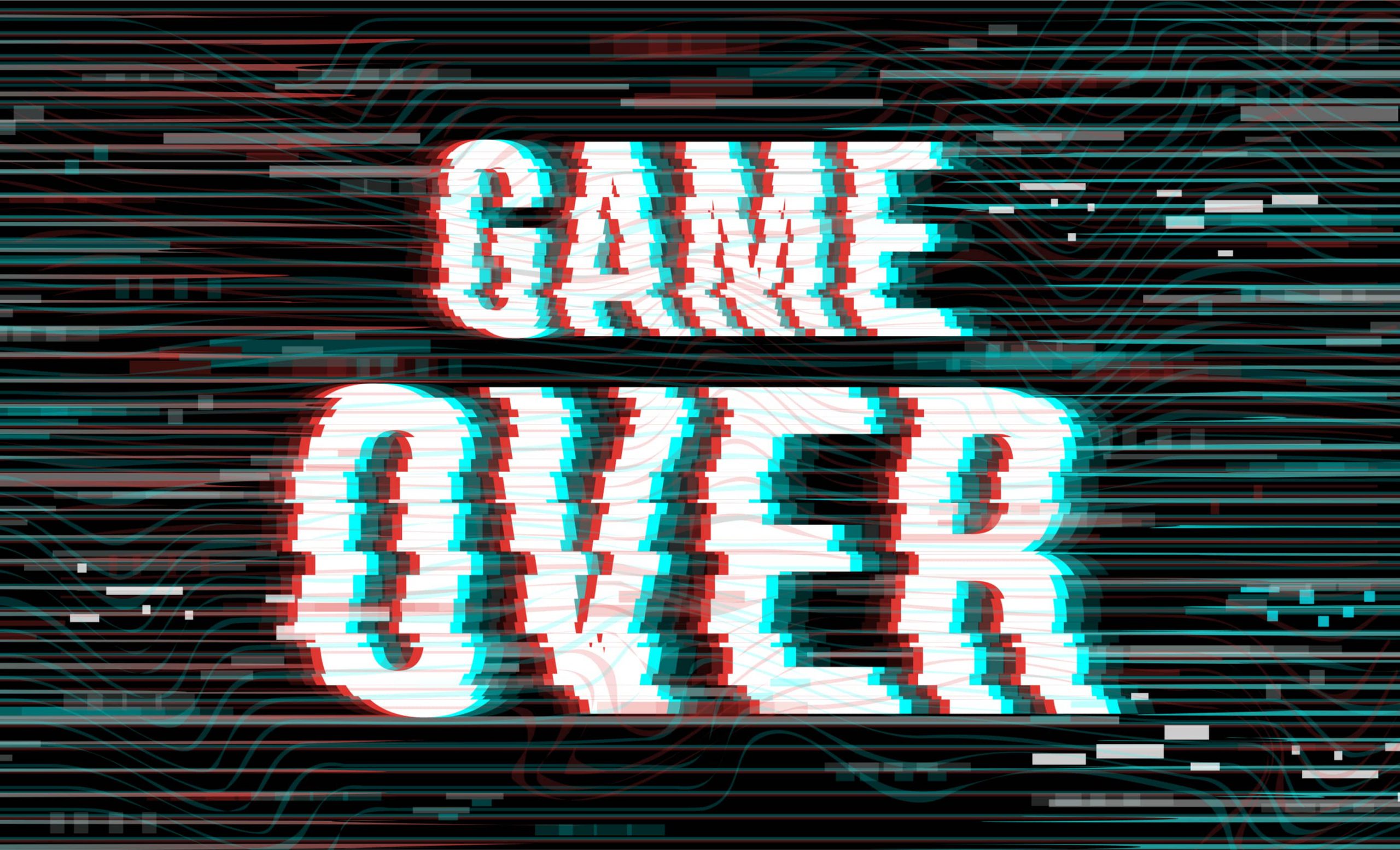
Artificial Intelligence has been present in video games since they were created. Probably, you didn’t think much about it but every time you had to deal with NPC, you had to deal with AI. One way or another the developers used this technology while trying to add responsiveness, intelligence, and human-like behavior to the non-playing characters in games. At the same time, AI in video game development used to be a distinct technology that is different from so-called ‘academic AI’. In this article, we are going to describe the main features that highlight Artificial Intelligence in gaming among other fields.
How is AI used in Game Development Today?
You might have noticed that in Grand Theft Auto any autonomous vehicle could identify the stop sign on a road. Easy coding, you say.
Ok, but what if this sign got obscured by a shadow or dirt? Or what if it gets broken or fully destroyed due to some actions during the gameplay? Because the rules in the GTA virtual world can be changed, the developers had to make autonomous cars learn such kind of signs or what they should do in their sudden absence.
Another case can be spotted in Minecraft. There, a huge world, which is generated block by block, eventually is turned into an environment where AI can learn from the changing surroundings and provide its own vision of the space.
Nowadays, AI for games even tends to apply algorithms (aka Minimax) into ML (machine learning) so that the technology can outperform real players. According to the latest research, software provided with enough information can win against professionals at no-limit Texas hold ’em or chess.
Future of AI in Game Development
AI can be used not only for making gameplay more adaptive and interactive but also for making the development process easier. Some studios have already implemented the technology in bots and QA (Quality Assurance) automation software.
Many developers are happy to have such kind of AI assistants that can learn how to play the game and even try different scenarios within the same project. Apparently, they are good at finding bugs, glitches, and crashes. However, QA robots are still not able to define whether the game is really fun or not and how popular it could become. Perhaps, this capability will be developed in the nearest future.
AI also has great opportunities to be used regularly in game design. Some mobile game development companies already started to analyze gamers’ behavior while they are playing with the help of AI. This technology tries to recognize humans mimic and then determine if certain part of the gameplay is too difficult or boring. This way game designers could get the necessary data to adjust some levels of the game and see how real players would behave under conditions they set.

At hundreds AI hubs around the world including Google-owned DeepMind and Facebook’s AI research division the thousands of researchers are trying to teach programs how to behave in the most sophisticated videogames we have today.
Conclusion
Starting from the Chinese board game Go and old-school Atari games to global titles like Dota 2, they pursue the same goal. It is not only about generating more exciting, realistic, and engaging experiences but also about benchmarking the intelligence level of a certain piece of software and using virtual worlds as an environment where AI can train itself and adapt to different scenarios.
Although Artificial Intelligence is becoming more and more common in video games it still can’t replace people in many aspects. Unlike other industries, here creativity and imagination play the main role. However, it can save time significantly on coding, testing, and marketing. Moreover, in connection with machine learning, this technology can provide both gamers and developers with new experiences that they couldn’t encounter anywhere else but in sci-fi books and movies.





